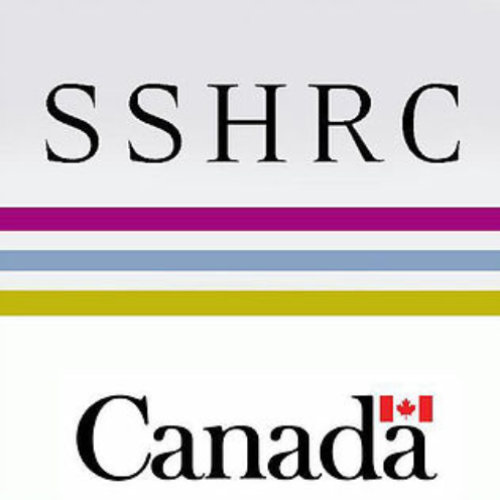

LINCDIRE, LINguistic and Cultural DIversity Reinvented, is a 3-year collaborative SSHRC research project between Canada, USA, and France designed to formalize and solidify an international network focusing on linguistic and cultural awareness, and to develop an online environment to foster plurilingualism in North America. The goal of LINCDIRE is to form a partnership among institutions with expertise in different languages and cultures that can allow for the development of a plurilingual theoretical framework. The project includes the design and implementation of a digital environment – Language Integration through E-portfolio (LITE) – which will be used in language classrooms in secondary and post-secondary institutions to enhance and maintain diversity by interconnecting a plurality of languages and cultures. By networking across institutions that have knowledge in language education, LINCDIRE will become a leading voice in the theory and practice of plurilingualism.

Through a partnership among institutions with expertise in different languages and cultures, LINCDIRE will aim to develop an online tool to foster language and cultural learning. By adopting a plurilingual theoretical framework, LINCDIRE will promote a new holistic view of languages which enables students to become aware of their linguistic and cultural resources and consequently be able to use them consciously on a daily basis. To reach this goal, our project will include the design and implementation of a digital environment – Language Integration through E-portfolio (LITE) – consisting of a master template and customized language content in a combination of languages. The languages included in this first implementation of LITE are: English, French, German, Italian, and Ojibwe. LITE will be used in language classrooms in secondary and post-secondary institutions, with potential use in non-academic settings. It will include guidelines and reflective tasks intended to enhance and maintain diversity by interconnecting a plurality of languages and cultures.
